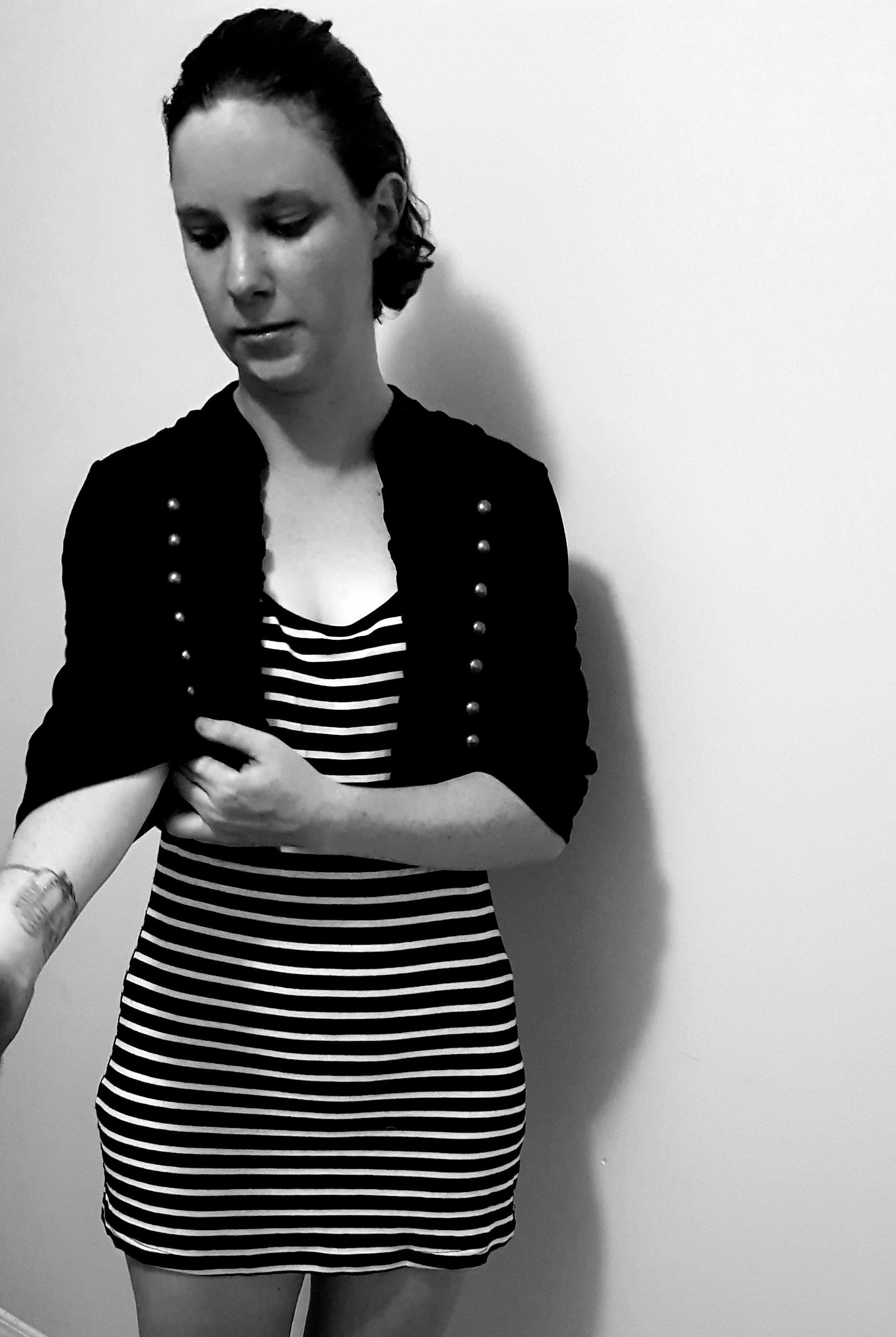Sampling: Making music for trans-media website
- V_Devlin

- Oct 25, 2018
- 4 min read
Updated: Dec 14, 2018
What is sampling?
Sampling is the gathering of sounds to be part of what makes up a larger project. On its own its usually something that is overlooked or not noticed in a general sense. However if a small sample of something was used in a larger project it would be part of the make up of that project.

Sampling is a huge part of discovering your unique sound, or utilising and adding to a sound that is widely familiar already. This week I have learnt about sampling and the benefits of doing so. Whether for research, personal gain of knowledge or to be completely experimental and to develop something new.
During a class at SAE QANTM we had a focus session on sampling. During this class we did some sampling of things around us to use for future projects and also just to gain more experience and knowledge about how things are done within the music industry. I learned a lot more about using Ableton live during this session as well. We used Ableton to put the samples we recorded together to sound like a basic drum loop.

The following photographs are just some of what my group and I came up with to use as samples for our drum kit sounds.



Some of the other things we sampled was chair legs on a padded stool with metal legs for a symbol sound. A padded chair for a kick sound but the sound we recorded was too dull on its own. I found that the padded chair did not have enough emphasis for a strong solid kick sound. As a group we also looked into a bigger and fuller bin with no lid to try and get a more solid and booming kick drum sound.
Here is a sample of what the group was able to come up with using Sampler in Ableton.
https://drive.google.com/open?id=1-Hhs-PG_Rg9VuBfM38n1PYOJmKVcwiKb
So what did I learn by doing this lesson?
I discovered even basic things like a water bottle or a bin or even something you use everyday like a chair, all of these objects have the potential to create a unique sound that can then be used as the basis or starting point of a new project or even add an extra component to an already existing project.
What is sampling?
Sampling in its basic use is using a sound or instrument that has already been recorded and or produced to rework it into a new idea. Sampling can enhance and make a project go further then originally intended by adding a sampled element to an original production. On the other hand by using a sample you can make homage to something else using said sample to express your influences. I find this article to be quite informative about what are the most popular sampling programs. This article contains a lot of information on each program and has an outline of the full potential of each program so you can decide which program you can use samples from to help bring your own project to life.
https://www.musicradar.com/tuition/tech/the-16-best-software-samplers-in-the-world-today-361804
How else is sampling utilised?
Within the DAW that is Ableton, it should also be noted that samples are available in protools and in logic as well, however according to the majority of electronic music producers surveyed (fellow students and some lecturers) Ableton has the most vast range of cataloged samples to choose from. Also further supporting this idea can be found in the article that concludes the what is sampling section of this blog. Using programs like sampler and Kontakt in Ableton provides a producer with hundreds of millions of sampled instruments and sounds they can use in their production pieces. However, using samples can come with a price. When a producer or artist is using samples in their work they need to find out how much of the sample they can use without infringing on copyright laws. If the producer or the artist would like to use a larger sample of something, they will have to find its source and ask for permission to use that sample.
If you are thinking about sampling for a project you are involved in please read the two articles below before you get started.
Copyright laws within music industry:
http://www.musicrights.com.au/antipiracy/what-is-copyright/
Information on sampling, what to know before starting:
https://www.simpsons.com.au/documents/music/papers/Sampling.pdf
With all of the research and practice into sampling I decided to take this into another project I worked on with some animation and game students. We essentially created a multifaceted project that had many different components, the components were a website, a game, an art book and some animations. The component I focused on within the group was making a music loop that would be used as the audio loop for the homepage to the website. While the website does not yet exist only in theory i created a loop track with samples of bongo drums and shakers to create the audio.

Normally someone with access to the software would use protools or Ableton as they have a larger catalogue of samples to choose from, however I choose to use garage band as I had heard about the program in passing and wanted to also check it out as i am still learning. What I did find though is a decent collection of bongo, shaker and sounds from different cultures.

After some playing around and getting the samples together in an arrangement that I thought would work for the website I then recorded a loop of the track.

Here is the loop track I put together from samples for the website.
https://drive.google.com/drive/search?q=whirlpool%20website%20loop
- V.






Comments